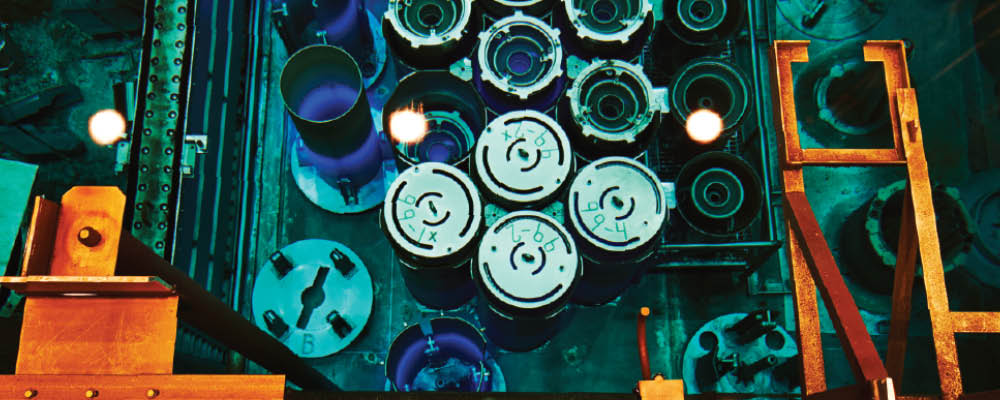High Flux Isotope Reactor (HFIR)

Description
The High Flux Isotope Reactor (HFIR), at Oak Ridge National Laboratory, is a light-water cooled and moderated research reactor that began full-power operations in 1966 at the design power level of 100 megawatts. Currently, HFIR operates at 85 megawatts to provide state-of-the-art facilities for neutron scattering, materials irradiation, and neutron activation analysis and is the world's leading source of elements heavier than plutonium for research, medicine, and industrial applications. The neutron-scattering instruments installed on the four horizontal beam tubes are used in fundamental studies of materials of interest to solid-state physicists, chemists, biologists, polymer scientists, and materials scientists. Recently, a number of improvements at HFIR have increased its neutron scattering capabilities to 14 state-of-the-art neutron scattering instruments. These upgrades include the installation of larger beam tubes and shutters, a high-performance liquid hydrogen cold source, and a cold-neutron guide system. The installation of the cold source provides beams of cold neutrons for scattering research that are as bright as any in the world. Use of these forefront instruments by researchers from universities, industries, and government laboratories are granted on the basis of scientific merit.
Science
The primary mission of HFIR is providing thermal and cold neutron beams and instruments for neutron scattering research. In addition, the irradiation capabilities of HFIR are used for isotope production of heavy elements such as Californium 252, and a host of isotopes used for medical applications, and for the study of materials in high radiation environments for industrial applications.
Research at HFIR over the next decade will continue to fulfill three important missions:
- Neutron Scattering Research: Neutrons are an ideal probe for investigating the arrangements of and interactions between atoms and molecules. This activity has grown in both scientific and economic importance and today provides essential knowledge about high-temperature superconductors, polymers, magnetic and biological structures
- Isotope Production: The radioisotopes produced by HFIR—including californium and other transuranic isotopes—will continue to be needed for research, industrial, and medical applications.
- Materials Irradiation: The exceptionally high neutron flux available at HFIR will provide unique capabilities for materials irradiation studies. The beryllium reflector contains numerous experimental facilities that can accommodate static experimental capsules, complex fuel-testing engineering loops, activation analysis, and special experimental isotope irradiations.

